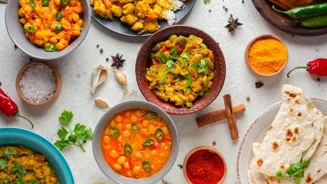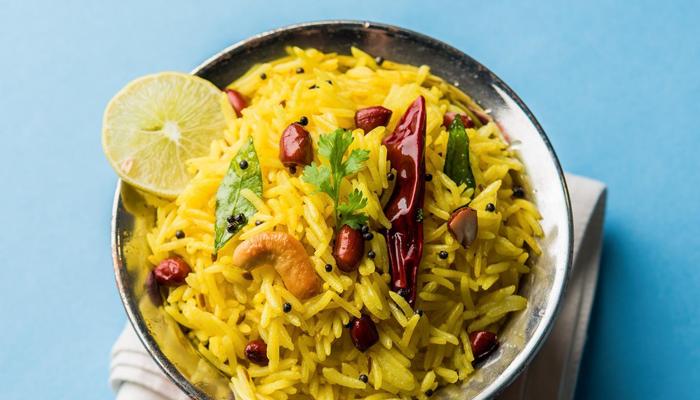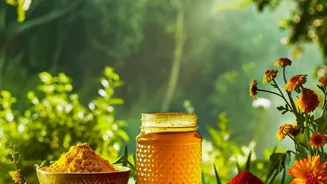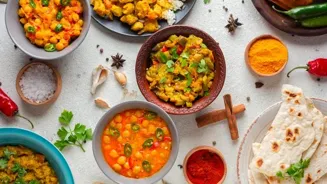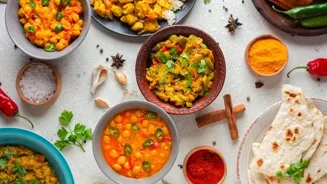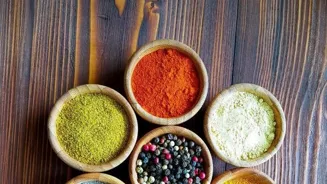Dive into the rich tapestry of Indian regional cuisines! Explore unique flavors, ingredients, and cooking styles that make each region's cuisine a delightful adventure for the palate. From the rich gravies
of North India to the coconut-infused dishes of the South, each region offers a diverse and flavorful culinary experience. Discover the history, culture, and geography that have shaped these traditions, and indulge
India, a land of vibrant cultures and traditions, boasts an equally diverse culinary landscape. Each region has its own unique flavors, ingredients, and cooking styles, making Indian cuisine a delightful adventure for the palate.
Forget the generic "Indian food" you might find abroad; let's delve into the beautiful world of regional Indian vegetarian cooking. The diverse spices and techniques create dishes as unique as the regions themselves, providing a rich array of flavours.
From the simple yet delicious to complex dishes, the focus is always on fresh ingredients.
North Indian cuisine: rich gravies, aromatic spices, dairy products, Mughlai influence, diverse breads
North Indian cuisine is known for its rich gravies, aromatic spices, and use of dairy products. Think of creamy paneer butter masala, hearty dal makhani, and flavorful chole bhature. The influence of Mughlai cuisine is evident in dishes like biryani (vegetarian versions exist!
) and various types of pulao. Bread is a staple, with naan, roti, and paratha being popular choices. Sweets like gulab jamun and jalebi are irresistible. This region's love for spices and aromatic herbs creates a truly satisfying experience.
The textures and flavours can be enjoyed with a variety of breads.
South Indian cuisine: rice, lentils, coconut, tamarind, flavorful, healthy, diverse spices
South Indian cuisine is a world apart, characterized by its use of rice, lentils, and coconut. Idli, dosa, vada, and sambar are breakfast staples enjoyed across the country. Rice is the main grain, often served with a variety of vegetable curries and rasam.
Coconut is used extensively in both savory and sweet dishes. South Indian cuisine is also known for its use of tamarind, which gives many dishes a tangy flavor. The food is light, very healthy and the blend of spices makes it a great experience. It's an explosion of flavours for all your senses.
East Indian cuisine highlights mustard oil, fish, and unique spices, with Bengali sweets
East Indian cuisine, comprising states like West Bengal and Assam, is characterized by its use of mustard oil, fish (vegetarian options abound, focusing on local vegetables and greens), and unique spices. Bengali cuisine is famous for its sweets like rasgulla and sandesh.
In Assam, the cuisine is simpler, with a focus on fermented foods and fresh herbs. Rice is a staple in both regions.
The vegetarian dishes are packed with the kind of freshness you can only get from locally sourced ingredients, and the flavours are often quite subtle and the presentation is always beautiful.
West Indian cuisine: diverse regional flavors, vegetarian, spicy, seafood, coconut, fresh herbs
West Indian cuisine is incredibly diverse, reflecting the different regions that make up the western part of India. In Gujarat, the cuisine is predominantly vegetarian, with a focus on sweet and savory flavors. Dhokla, khandvi, and undhiyu are popular dishes.
Maharashtrian cuisine is known for its spicy and flavorful dishes like misal pav and vada pav. Goan cuisine, with its Portuguese influence, features seafood and coconut milk. Rice, roti and bhakri are some of the popular breads.
One will find a range of dishes that combine the natural freshness of the west with the most amazing herbs and spices.
Exploring Indian regional cuisines: a journey of discovery, history, and flavors
Exploring Indian regional cuisines is a journey of discovery. It's about understanding the history, culture, and geography that have shaped the culinary traditions of each region. It's about appreciating the diversity of ingredients and cooking styles.
It's about experiencing the incredible flavors that India has to offer. It is a journey and experience worth exploring, a treasure of culinary adventures.
By cooking and sharing the stories passed on by generation after generation, and the different regions continue to bring the best in class experiences to lovers of food.
Surge in interest in authentic regional Indian food
In recent times, there's been a surge in interest in authentic regional Indian food. Many chefs and home cooks are rediscovering traditional recipes and showcasing the diverse flavors of India.
Food festivals and pop-up restaurants dedicated to regional cuisines are becoming increasingly popular, offering food enthusiasts a chance to sample dishes they might not otherwise encounter. This growing awareness is helping to preserve and promote India's rich culinary heritage.
So next time you're looking for a culinary adventure, ditch the usual "Indian" takeaway and explore the diverse and delicious world of regional Indian cuisine! It is an incredibly versatile cooking heritage.
AI Generated Content. Glance/InMobi shall have no liability for the content